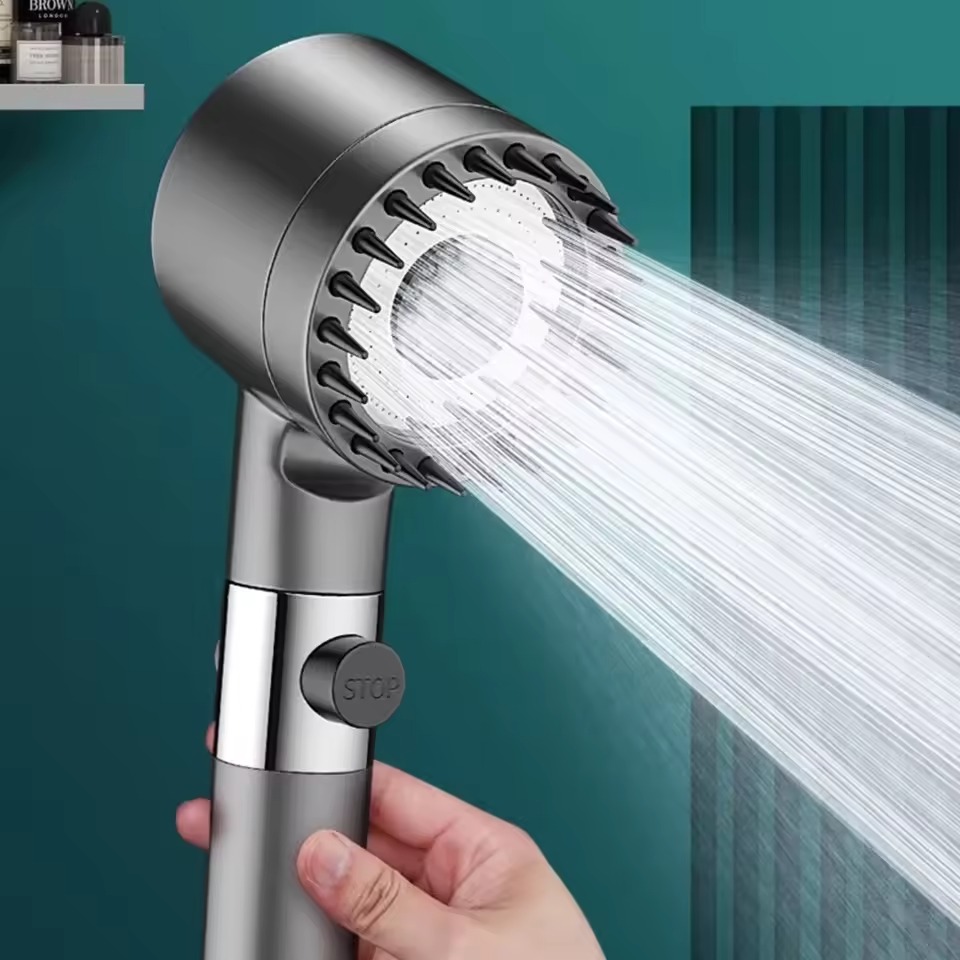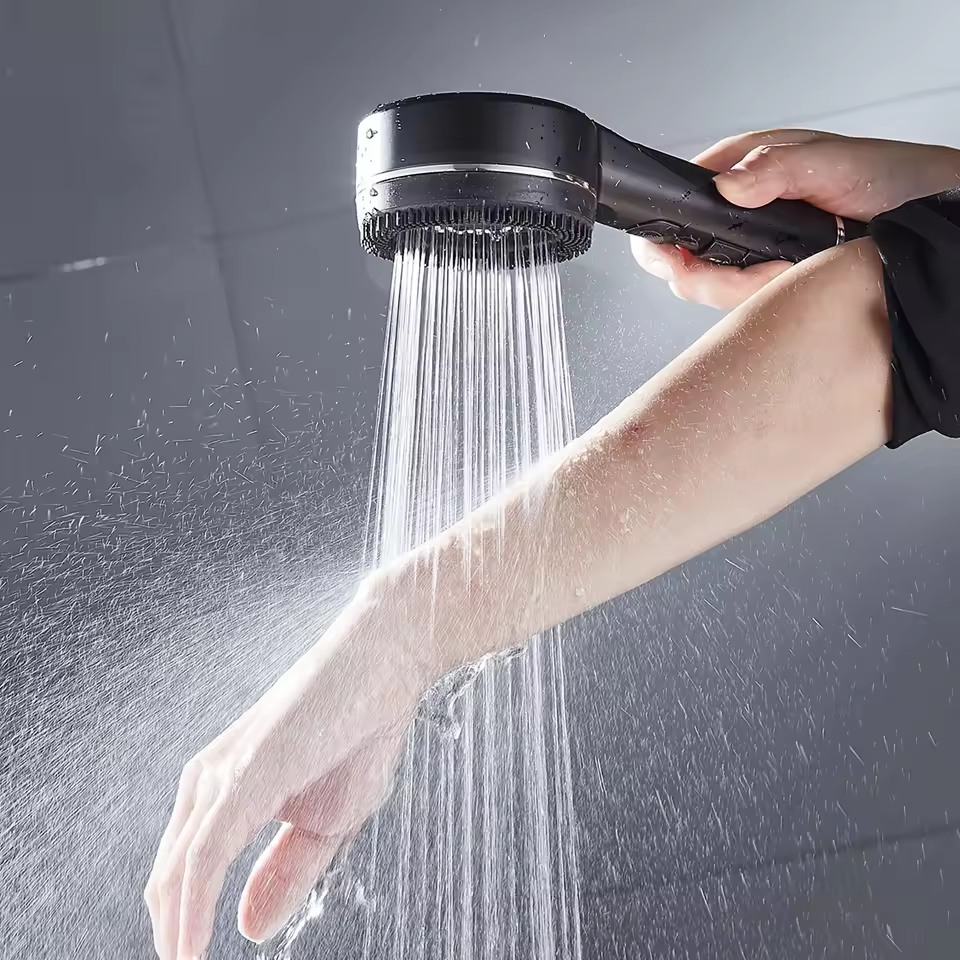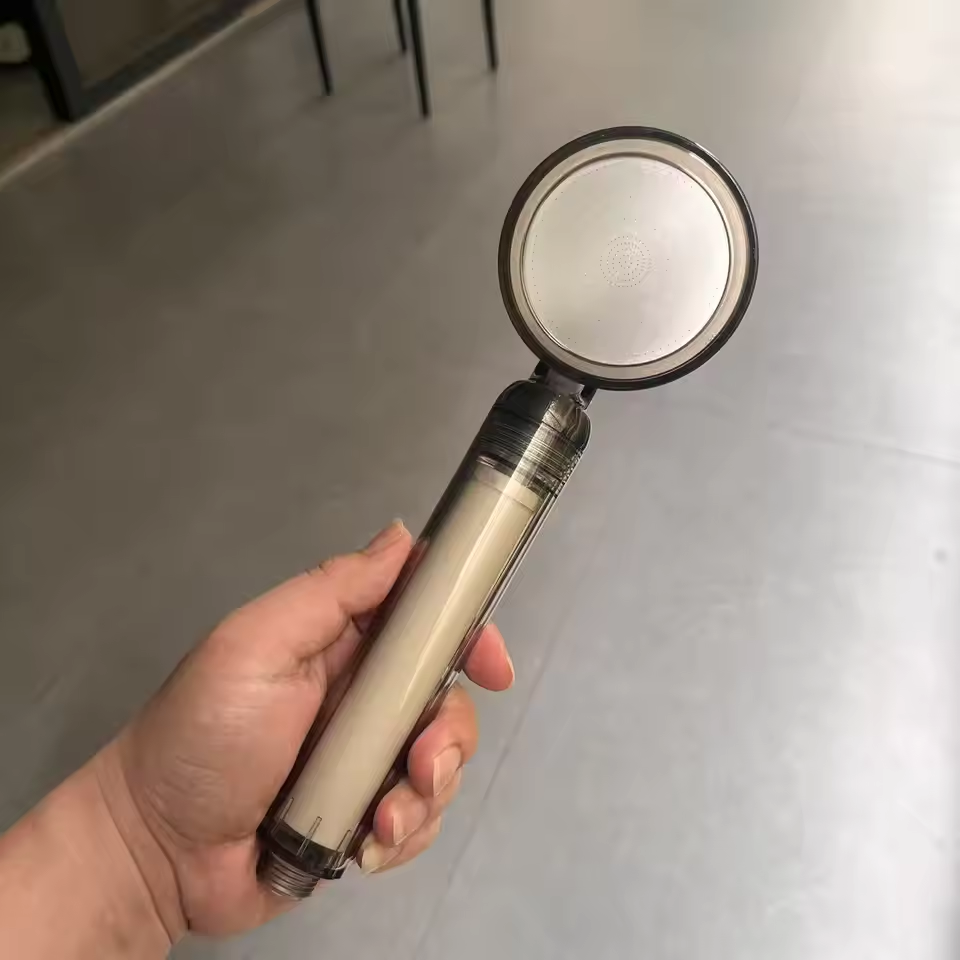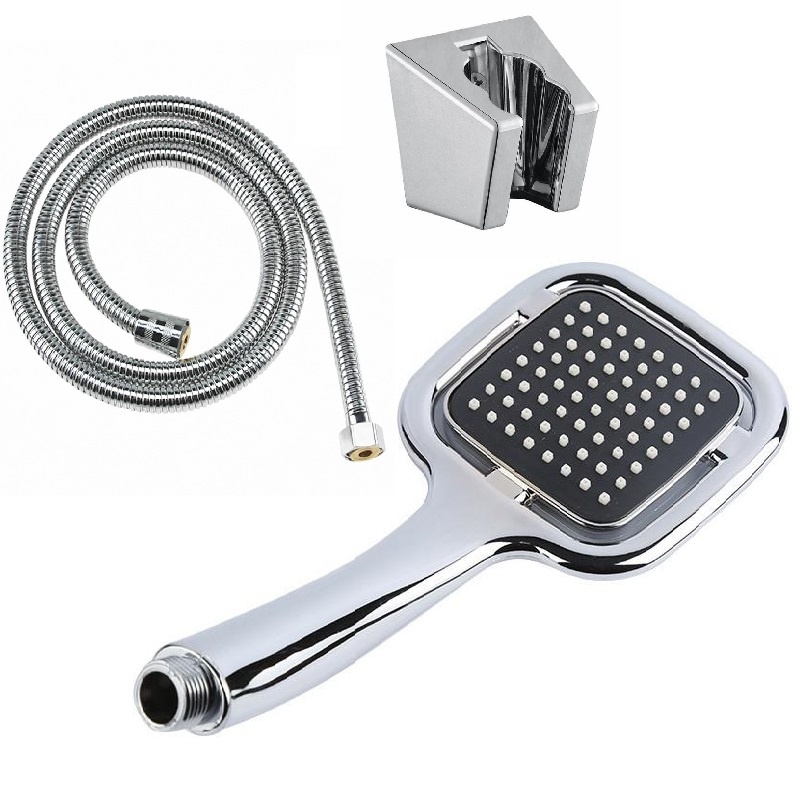Essential Tools and Materials Needed for Replacement
Before diving into the how to replace shower head process, gather all necessary tools and materials. This will make the replacement smooth and hassle-free. Here’s what you’ll need:
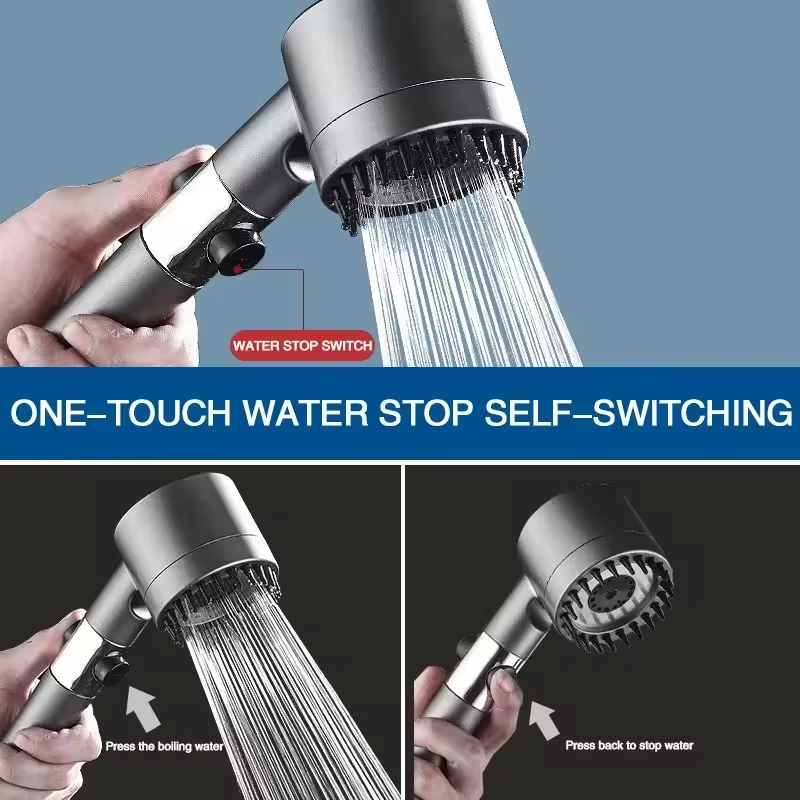
- Adjustable Wrench: To loosen and tighten the connections.
- Teflon Tape: This helps to seal the threads and prevent leaks.
- Rag or Cloth: To protect the shower head’s finish while you grip it with the wrench.
- Slip-joint Pliers: These can be handy if the shower head is tightly fixed.
- Bucket or Bowl: To catch any water remaining in the pipes after removal.
- New Shower Head: Ensure it’s compatible with your existing plumbing.
Carefully select tools and materials of good quality. The right tools can prevent damage to your bathroom fixtures during the replacement process. The Teflon tape is especially crucial; it must be wrapped correctly around the threads to avoid future leaks. Keep these tools in a reachable area as you work on replacing your shower head.
Steps to Remove the Old Shower Head
Replacing an old shower head is a straightforward task that requires minimal tools and know-how. To ensure a smooth removal, follow these simple steps:
- Turn off Water Supply: The first step involves shutting off the water supply to your shower to prevent any spills during the removal process.
- Protect the Finish: Drape a rag or cloth over the shower arm to protect the finish when using tools on it. This prevents scratches and damage.
- Loosen the Old Shower Head: Using the adjustable wrench, grip the base of the shower head or the connecting nut. Turn it counterclockwise until it becomes loose enough to unscrew by hand.
- Remove by Hand: Once loose, twist the old shower head by hand in a counterclockwise direction until it comes off the shower arm.
- Clean the Threads: Once the old shower head is removed, inspect the threads on the shower arm for old Teflon tape, debris, or signs of corrosion. Clean the threads thoroughly to ensure a good seal when installing the new shower head.
Each of these steps requires a gentle touch and patience. If the shower head is firmly attached, you may need to use slip-joint pliers to assist with the wrench. Remember not to apply too much force, as this could damage the plumbing.
By following these removal steps carefully, you’ll have a clean foundation to install your brand new shower head. In the next section, we’ll discuss how to select the right shower head for your bathroom.
Selecting the Right Shower Head
Selecting the right shower head is crucial and can turn a routine shower into a spa-like experience. Here are key points to consider when making your choice:
- Type of Shower Head: Decide between fixed, handheld, or dual shower heads based on your preference.
- Spray Pattern and Pressure: Consider if you want a gentle rain shower or a strong massage spray. Check the water pressure requirements.
- Water Efficiency: Look for shower heads with a WaterSense label to save water and reduce bills.
- Ease of Cleaning: Some shower heads have features like rubber nozzles or anti-calcification for easier cleaning.
- Installation Compatibility: Ensure the new shower head fits your existing shower arm and plumbing.
- Design and Finish: Choose a finish that matches your bathroom fixtures to maintain a cohesive look.
- Budget: Determine your budget and find the best option within your price range.
Review these points before purchasing to ensure you pick the best shower head that meets both your needs and preferences. Remember, the right shower head can elevate your daily routine immensely. By considering the factors mentioned, you can make an informed decision on how to replace your shower head with one that suits your bathroom perfectly.
Installing the New Shower Head
After you’ve selected the right shower head, it’s time to install it. Follow these steps for a successful installation:
- Prepare the Shower Arm: Check that the threads on the shower arm are clean and intact. Use new Teflon tape, wrapping it clockwise around the threads to ensure a watertight seal.
- Attach the New Shower Head: Carefully screw the new shower head onto the shower arm by hand. It should feel snug, but be cautious not to cross-thread.
- Secure the Connection: Once hand-tight, use the adjustable wrench to gently tighten the connection. Remember to place a cloth on the shower head to protect its finish.
- Check for Leaks: Turn on the water supply and observe. Look for any drips around the connection. If there’s a leak, turn off the water and slightly tighten the connection again.
- Test the Shower Head: Adjust the new shower head to your preferred setting. Take a moment to enjoy your first shower with the new fixture and ensure it operates as expected.
These instructions guide you through how to replace shower head steps. The process should be straightforward if you have all the tools ready. A new shower head can make a big difference in your daily routine, so take the time to ensure a proper installation. If you run into issues, refer to the troubleshooting tips provided in the next section.
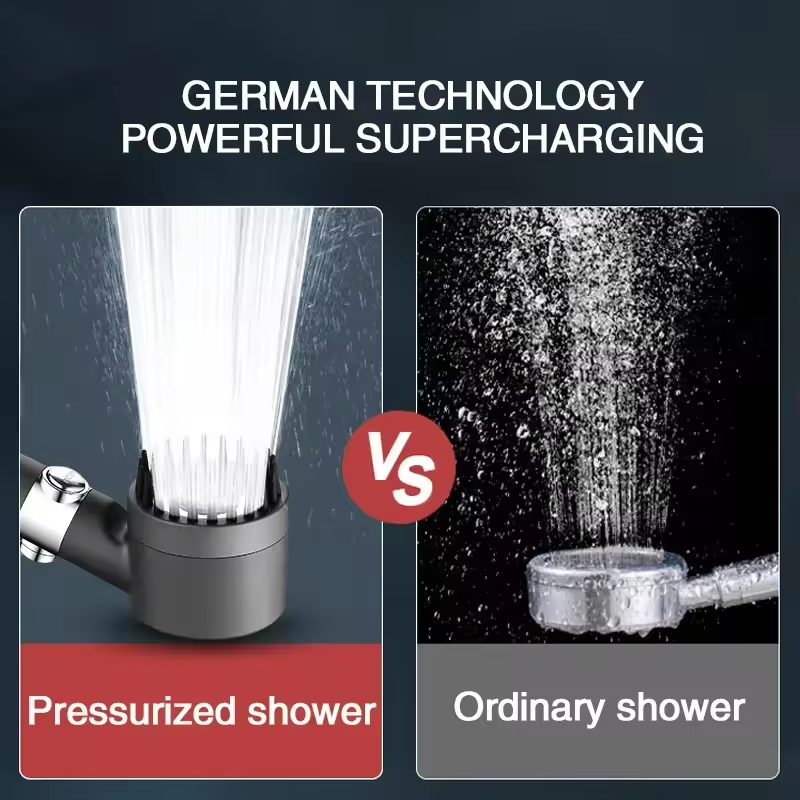
Common Issues and Troubleshooting Tips
When learning how to replace shower head units, you may encounter some issues. Here are common problems and how to fix them:
- Leaking Shower Head: If you notice a leak, this could be because the Teflon tape was not applied properly or the shower head is not tightened enough. Double-check the Teflon tape and, if needed, wrap another layer. Tighten the shower head a bit more, but be gentle to avoid damage.
- Low Water Pressure: This might occur due to a blockage in the new shower head. First, check if the flow restrictor is causing the issue and remove it if your local regulations allow. Also, clean any debris from the nozzles.
- Cross-threading: This happens when threads do not align correctly. If the shower head won’t screw on smoothly, do not force it. Remove it, realign, and try screwing it on again carefully.
- Uneven Water Spray: Often, this is a result of dirt or lime build-up in the nozzles. Clean the nozzles with a gentle brush or soak the shower head in vinegar to dissolve the deposits.
- Shower Arm Issues: If the shower arm is damaged, it may need replacing. This task can be more complex, and you might want to consider hiring a professional.
Remember, gentle and patient troubleshooting solves most issues when you replace a shower head. If problems persist, seeking professional help may be the best option.
Maintaining Your New Shower Head
To keep your newly installed shower head in prime condition, regular maintenance is key. Here’s a simple routine to follow:
- Regular Cleaning: Wipe down the shower head weekly to prevent build-up of minerals and grime.
- Deep Cleaning: Once a month, detach the shower head and soak it in vinegar to dissolve any mineral deposits.
- Inspect for Leaks: Check around the base of the shower head for leaks regularly to catch any problems early.
- Replace Teflon Tape: If you ever remove the shower head, remember to replace the Teflon tape to ensure a good seal.
- Check the Nozzles: Use a soft brush to clean the nozzles and keep water flowing freely.
- Monitor Water Pressure: If you notice changes in pressure, it may indicate a clog that needs attention.
Following these steps will help maintain the performance and extend the life of your shower head. Not only does this keep your bathroom looking clean, but it also ensures you continue to enjoy the same quality of shower experience you intended when you learned how to replace shower head. If maintenance feels too cumbersome or issues persist, you may want to consider whether it’s time to call a professional.
DIY vs Hiring a Professional: Making the Right Choice
When it comes to replacing a shower head, you may wonder whether to do it yourself (DIY) or hire a professional. Both options have their pros and cons. Your decision will depend on your comfort with tools, knowledge of plumbing, and the complexity of the installation.
Advantages of DIY Shower Head Replacement
- Cost-Effective: You save on labor costs by doing it yourself.
- Immediate Results: No waiting for a professional’s schedule to clear.
- Learning Experience: Enhance your DIY skills for future home projects.
However, consider the possibility of errors and the time investment required. If you have followed the earlier steps on how to replace a shower head, and you feel confident, a DIY approach could be right for you.
Reasons to Hire a Professional Plumber
- Expertise: A professional brings experience and know-how.
- Guarantee: Work often comes with a warranty.
- Complex Installations: A pro can handle showers with advanced features or complicated setups.
A professional may be the better option if you’re uneasy about the task or if your shower system requires specialized knowledge. Additionally, consider potential plumbing issues that might arise and could need an experienced hand to fix quickly and correctly.
In summary, weigh your DIY skills against the complexity of the shower head you’ve chosen. If the install is straightforward and you’re keen to learn, give it a go. But for intricate systems or if you’re unsure, it’s okay to rely on a professional’s help. Your choice will affect not just the installation process but the functionality and longevity of your new shower head. Remember to keep the ‘how to replace shower head’ steps in mind when making your decision.
